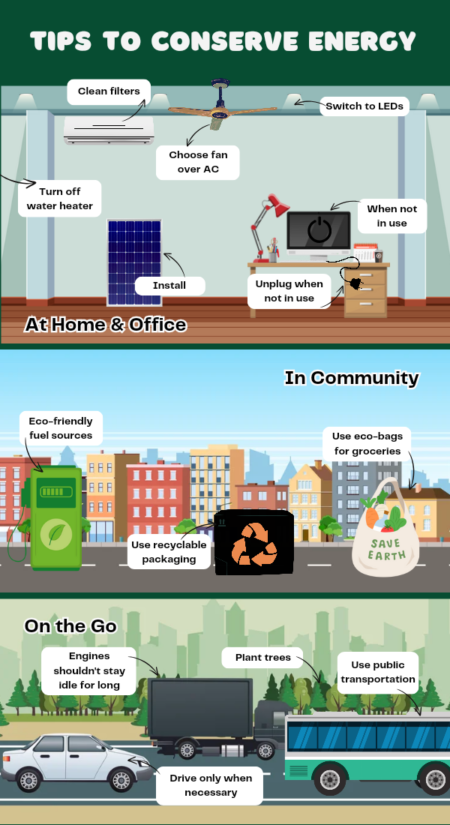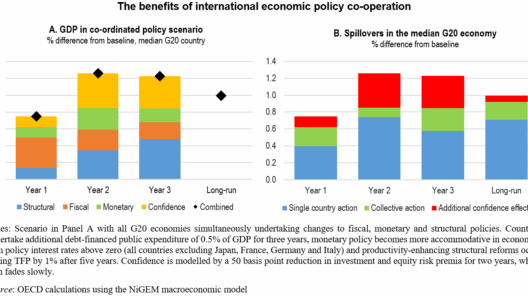The automobile industry is experiencing a paradigm shift, catalyzed by innovations in technology and an increasing awareness of environmental preservation. Among these transformative developments, electric vehicles (EVs) are emerging as a beacon of hope. They are not merely an alternative means of transportation; they represent a significant leap towards mitigating the cataclysmic impacts of global warming.
One of the most glaring observations regarding the fascination with electric vehicles is their capability to operate without the combustion of fossil fuels. Traditionally, gasoline and diesel engines have been the cornerstone of personal and commercial transportation. These internal combustion engines are notorious for emitting greenhouse gases, such as carbon dioxide (CO2), which have catastrophic consequences for our planet. In contrast, electric vehicles emit no tailpipe emissions, thereby directly addressing one of the primary sources of urban pollution and global warming.
However, the allure of electric vehicles goes beyond their zero-emission status. The profound implications of their widespread adoption can be attributed to a confluence of factors. Firstly, the advancement in battery technology has catalyzed the mass production of EVs. Lithium-ion batteries, once relegated to niche applications, have now become ubiquitous in personal vehicles. With enhanced energy density, reduced charging times, and improved longevity, these batteries have made electric cars a viable alternative for the everyday consumer.
Moreover, one should not overlook the burgeoning infrastructure that supports electric mobility. Charging stations are proliferating, making it increasingly convenient for consumers to transition from traditional vehicles to electric ones. This infrastructural development reflects a concerted effort from governments and private enterprises alike to facilitate a smoother shift toward electrification in transportation. The expansion of charging networks, coupled with the advent of faster charging technologies, reduces the so-called ‘range anxiety’ that consumers often experience, further bolstering the adoption of electric vehicles.
Critically, the energy source that powers electric vehicles plays a pivotal role in their environmental benefits. While it is accurate that the electricity used to charge these vehicles may sometimes come from fossil fuels, the overall lifecycle emissions of EVs are typically lower than those of their internal combustion counterparts. The transition to renewable energy sources, such as solar and wind power, fortifies this advantage. With cleaner energy grids being developed, the carbon footprint associated with EV operation continues to diminish, offering a sustainable pathway to reducing global warming.
Furthermore, the economic ramifications of the electric vehicle revolution cannot be overstated. The initial investment in EVs has been a barrier for potential buyers; however, as production costs decline, the affordability of EVs is improving. Additionally, they boast lower operating costs due to fewer moving parts and decreased maintenance requirements compared to traditional vehicles. This economic efficiency results in a compelling narrative: that sustainability can also be synonymous with financial viability.
Another intriguing facet of electric vehicles lies in their potential to influence urban planning and infrastructure. Cities are increasingly recognized as hotspots for carbon emissions, prompting urban planners to consider the integration of electric mobility solutions. The serene, almost silent operation of EVs offers the possibility of reimagining our urban landscapes. Expanding pedestrian zones, reducing traffic congestion, and even enhancing public health through diminished air pollution can be achieved through embracing electric mobility.
Additionally, the technological evolution of EVs extends beyond just transportation. Many electric vehicles are now equipped with sophisticated software that allows for over-the-air updates and real-time data monitoring. This capability not only enhances user experience but also serves a greater environmental purpose. By continuously optimizing energy consumption and promoting efficient driving habits, these smart vehicles can further contribute to reducing emissions.
To further maximize the impact of electric vehicles, it is inevitable that a multi-faceted approach be adopted. Enhanced public-private partnerships can drive investments in research and development, solidifying technological advancements. Policymakers must ensure that incentives for both consumers and manufacturers persist as vital catalysts for growth in the EV sector.
Education plays an equally crucial role in fostering understanding and acceptance of electric vehicles. As public awareness of environmental issues increases, a well-informed citizenry is better equipped to make sustainable choices. Initiatives that emphasize the benefits of electric mobility not only help alleviate skepticism but also inspire future generations to embrace sustainable practices.
In summary, electric vehicles stand as a formidable opponent in the fight against global warming. They encapsulate a blend of technological innovation, economic viability, and sustainable urban planning, culminating in a holistic approach to mitigating climate change. While the journey toward a fully electrified world is ongoing, the electric advantage offers both a tangible and symbolic representation of our commitment to combat the global climate crisis. By embracing this paradigm shift, society takes a significant step in curbing the adverse effects of global warming and paving the way for a sustainable tomorrow.







